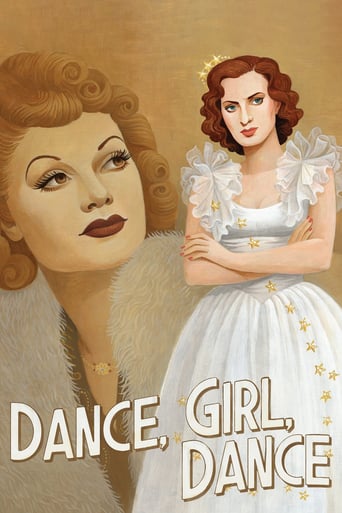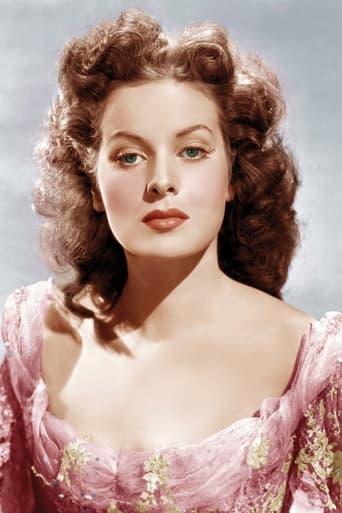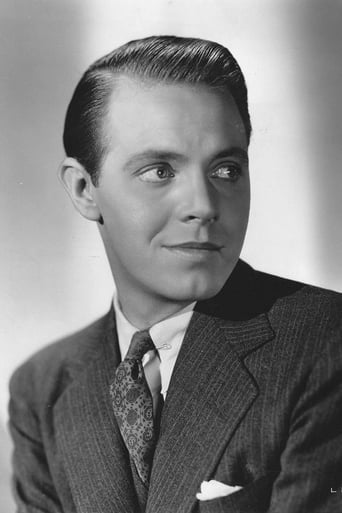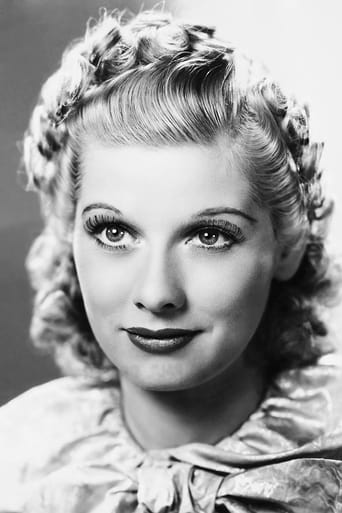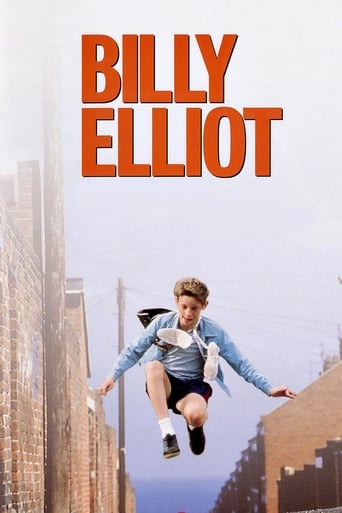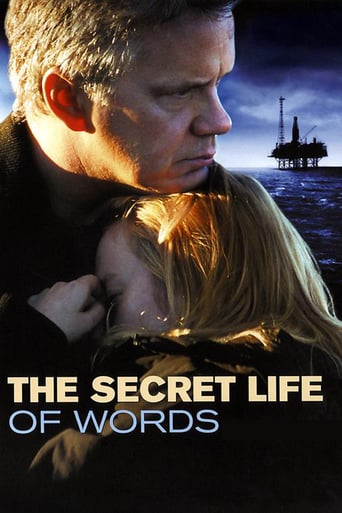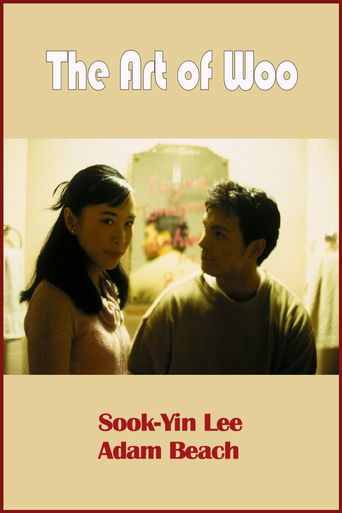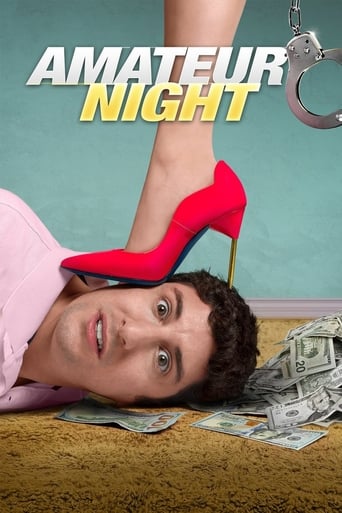Dance, Girl, Dance (1940)
Judy O'Brien is an aspiring ballerina in a dance troupe. Also in the company is Bubbles, a brash mantrap who leaves the struggling troupe for a career in burlesque. When the company disbands, Bubbles gives Judy a thankless job as her stooge. The two eventually clash when both fall for the same man.
Watch Trailer
Cast


Similar titles
Reviews
Thanks for the memories!
Simply A Masterpiece
good back-story, and good acting
While it doesn't offer any answers, it both thrills and makes you think.
Having just watched "The Big Street", released by RKO 2 years after this 1940 film, I couldn't help noticing that both films were dramas including the marital designs of a superaggressive, heartless, gold digging prima dona theatrical singer or burlesque queen, played by Lucille Ball. The main difference in the plots of the two films is that, in the present film, Lucy, representing low class dancing talent, is scripted as a bad girl to Maureen's good girl image, representing high brow dancing, especially ballet. In "The Big Street, Lucy's character is the only main female character, becoming permanently crippled early in the film. In a sense, she is both good and bad, mainly the latter, usually acting arrogantly or complaining to everyone. Yet, she is worthy of some sympathy, as a successful Broadway night spot entertainer, who is rendered crippled in a spat of jealousy by her gangster boyfriend. In the present film, the two female stars are often friends, but are also jealous of each other because of their different dancing personas, and their competition for matrimony to a rich playboy drunk(Jimmy), who is nice to the girls. There is also a 3rd woman involved: Jimmy's recently divorced ex-wife,played by Virginia Field. She will come into prominence in the confusing final portion of the film.Judy(Maureen) has struck up a friendship with Jimmy, but when Lucy(Bubbles or, later, Tiger Lily) learns that he is rich and divorced, she manages to get a marriage license out of him while he is good and sauced. He doesn't even like her. Judy is jealous and has a cat fight on stage with Tiger Lily, getting the best of her.While this is primarily a drama about the problems of surviving in the commercial world when your primary interest is in serious dance, it does have its comedic moments. Besides the afore mentioned cat fight, Maureen is funny in night court, with her unexpectedly candid answers to the judge's questions relating to the cat fight. Tiger Lily gets Judy a dancing job as her stooge between her own performances. But the raucous patrons only jeer at her conservative dancing style and relatively cool demeanor, whereas they cheer for Tiger Lily's sexy performances. But, at least she is surviving and being paid more than her previous job as a chorus girl in a dive. Judy eventually comes to realize that Jimmy, with his drinking problem, would not make an ideal husband for her. In the end, she realizes that Steve(Ralph Bellamy), whom she just found out apparently is the director of a Broadway theater troupe, is very impressed with her potential, and appears to be a very nice man. He bailed her out of jail, and offers to train her to be a classy Broadway dancer. Clearly, he loves her, but we have no idea whether he is married or interested in her as a wife, despite the parting scene in the film.This film, appropriately, was directed by the only Hollywood female director during Hollywood's "Golden Age": Dorothy Arzuer. This was her next-to-last film. While some interpret it as being pro-women's lib, I can think of various films from that era and the '50s that were much more so.
A frustrated, chiding Ralph Bellamy confronts dancer Maureen O'Hara. And, yes., there is something "out of place" that permeates this whole film. The whole production feels dated, even for a movie made in 1940. Dorothy Arzner, the director, started her career in the silent film era, and the movie could easily be re- imagined and visualized as a silent film. There is an absence of wit; the verbal exchanges are limp and clichéd and could easily be relegated to dialogue cards on the screen. The storyline seems to want to illuminate the challenges of women's empowerment in a man's world but fails as a "message movie" and offers only minor entertainment. Maureen O'Hara, as Irish lass Judy O'Brien, is the demure ballerina, determined to make a career in her own way, on her own terms, and without the entanglements and compromises entailed in relationships with men. She is "sweet" on wealthy playboy Jimmy Harris but is confused by his attentions and doesn't know how to pursue the target of her infatuation. In both the world of romance and career, we see O'Hara play out the virtuous determination of a dull, stubborn girl, who can't recognize opportunity when it comes her way, and wouldn't know what to do with it if she did recognize it. Lucille Ball, is Tiger Lily White, her exact opposite. Dynamo queen of the burlesque house, Balls plays the stock figure of the brazen, gold digger, adept at manipulating and seizing any advantage that comes her way. Ralph Bellamy and Louis Hayward, Broadway producer, and wealthy, dissolute playboy respectively, are just masculine stereotypes, templates of character types portrayed, (and to greater effect) in countless earlier films made in the 1930s. Maria Ouspenskaya, in a supporting role as dance mentor Madame Lydia Basilova, turns up cast as an often used type: the European elderly woman for all reasons and all seasons. She's fun to watch, often unintentionally comical, for no matter her character or country of origin, she courageously carries out her performance always emoting with an unmistakable Yiddish accent and inflections. Lucille Ball, an energetic performer when roles allowed her to expand her persona, adds some verve and energy to the storyline. She seemingly is the only cast member invested with any interest in this B movie concoction from RKO a wan, limp example of what was known as a "women's film."
Dance Girl Dance tells the story of two redheaded dancers in their salad days. One is Lucille Ball who makes it to the top in burlesque. The other is Maureen O'Hara who has the ambitions and the talent, but not the drive to succeed in classical ballet. She acts as a stooge/foil for Lucy's burlesque act and takes the money as well as the audience jibes that come with it.Both of them pique the interest of Louis Hayward a soon to be divorced playboy from Virginia Field. In addition even though O'Hara chickened out of the audition, ballet company head Ralph Bellamy thinks she has that something which will make her succeed in ballet.All these lives are tangled up with each other, but the focus is on the rivalry between Lucy and Maureen. It's friendly at times and not so friendly at others. It gets real nasty when the two have a knock down drag out brawl on stage. The customers at the burlesque sure got their money's worth that night, all these two needed was a pit of mud.In her memoirs Maureen O'Hara had nothing but kind words to say for Lucille Ball whom she got to be great friends with. She also said that by dint of her training as a Goldwyn Girl, Lucy had quite a head start on her in the dance department. O'Hara recalled the shoot as exhausting but she was proud of the finished product. As well she should have been.Lucy also met her leading man from her next scheduled picture Too Many Girls and fell in love with him. That would be Desi Arnaz and we all know where that romance went.O'Hara also enjoyed working for Dorothy Arzner and felt that Arzner brought a special dimension to what is a 'woman's picture' since it's about the friendship between two women. In any event Dance Girl Dance is a work anyone associated with it can be proud of.
This movie has it all. We view tragedy, a girl making it big as a burlesque queen, another unsure of herself as she wants to be a ballerina, a girl dumping a guy only to have her friend, the burlesque queen, marry him while he is drunk. I could go on and on. With it all, this wonderful film works because of the presence of Maureen O'Hara as the ballerina-want-to be, Lucille Ball as the brassy burlesque queen, Louis Hayward as the wealthy guy, still loving his ex-wife and Ralph Bellamy, who wants to give O'Hara the opportunity to dance, as she resists that.The memorable fight between O'Hara and Ball on stage is grand as the ladies let their emotions fly. Maria Ouspenskaya, the head of the dance troupe, knows what it means to succeed.This story of hard-luck and ultimate solution is unique.

